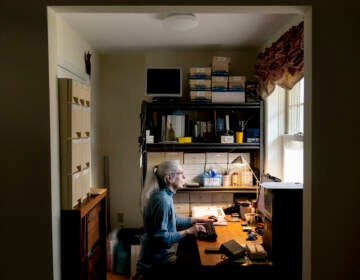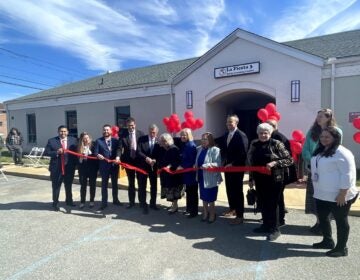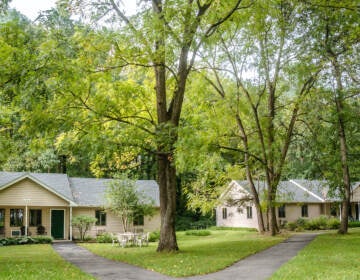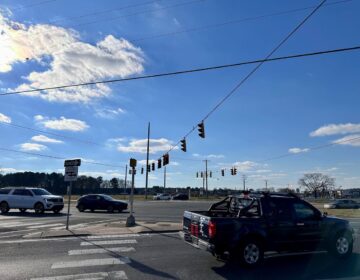Work to close Delaware’s ‘digital divide’ now underway
More than 11,000 homes and businesses that until now have not had wired, high-speed service will get access to a minimum of 100 megabits per second download speeds.
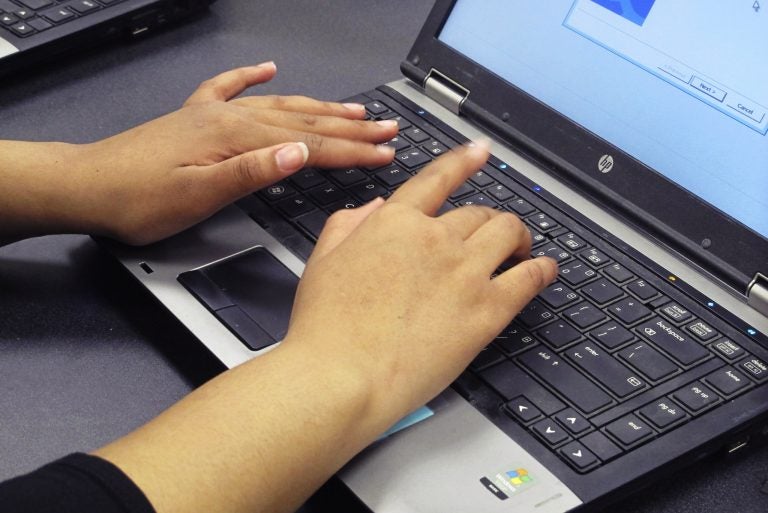
File photo: In this March 13, 2019, photo, a student re-images a laptop in a school computer lab (Carolyn Thompson/AP Photo)
Delaware is paying $56 million to provide the ‘last mile’ of connections for residents who don’t have wired access to high-speed internet.
More than 11,000 homes and businesses that until now have not had wired, high-speed service will get access to a minimum of 100 megabits per second download speeds. Sussex County has the highest number of unconnected customers with 7,350. There’s 3,800 needing to be connected in Kent County, and just 450 in New Castle County. The state’s website offers a street-by-street level detail of areas that are not connected.
Earlier this month, the state delivered the grant money to Comcast ($33.1 million), Verizon ($11.8 million), and Mediacom ($11.1 million) to make the final connections.
“Expanding access to reliable broadband service has long been a priority for Delaware,” said Chief Information Officer for the state Jason Clarke. “We are excited to execute on the strategy of our stakeholders and our well-positioned vendor community to close this digital divide in Delaware.”
The state grants will fund up to 75% of the construction costs, with the companies kicking in the remaining 25% match funding. They were selected based on the state’s “edge-out” strategy, to allow the company with service lines closest to unserved homes to make that final connection.
“This partnership will bolster the hundreds of millions of dollars Comcast has already invested in the state to connect thousands of currently unserved homes to our gigabit speed fiber network,” said Comcast’s Michael Parker. “We’re committed to helping individuals and communities fully participate in the digital economy.”
The grant money is part of a $110 million broadband expansion plan funded by the American Rescue Plan Act.
There is precedence for using federal funds to get rural residents connected. In the 1930s, the federal government provided loans through the Rural Electrification Act to connect farmers and other rural residents to the power grid. That led to the creation of hundreds of electrical cooperatives, including the Delaware Electric Coop.
In addition to extending broadband lines, that federal spending bill funded direct payment checks worth $1,400 to most Americans last year. It also extended the child tax credit and allowed for that credit to be sent directly to parents.
WHYY is your source for fact-based, in-depth journalism and information. As a nonprofit organization, we rely on financial support from readers like you. Please give today.



